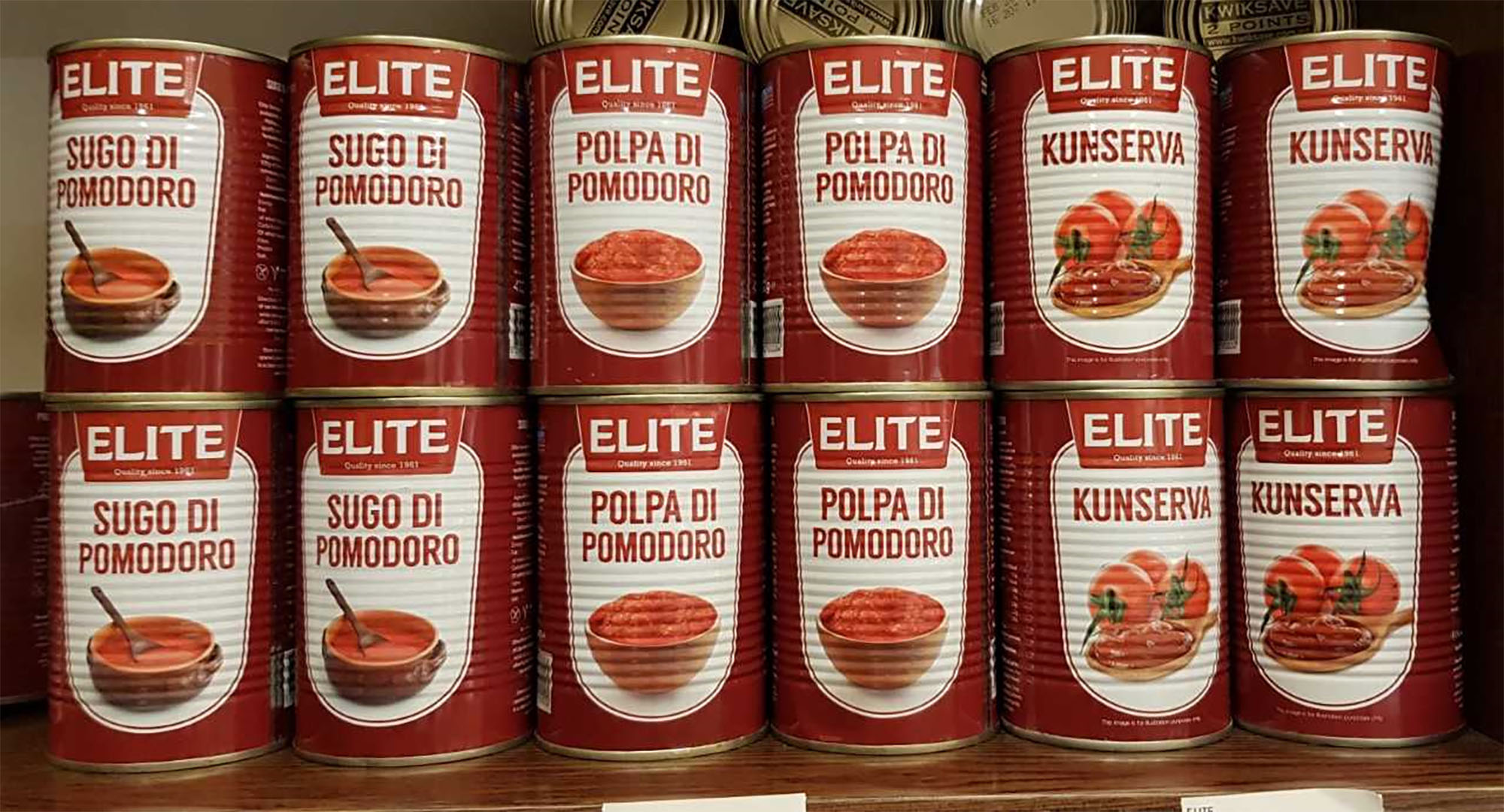
Global Semioscapes
This ongoing, self-sustaining project is centered around a series of case studies, each of which considers the more informal, often banal plane of cultural circulation whereby images, practices and aesthetic ideals seed themselves all over the place. This plane is what my colleague Giorgia Aiello (University of Milan) labelled the “global semioscape” in an article (see below) where we examined aeroplane tailfin designs as a case in point.
Allied with the well-known “scapes” proposed by Arjun Appadurai (1996), global semioscapes are concerned with tracking or mapping a slightly different globalizing process. This is a form of semiotic circulation which often happens besides the spectacular, orchestrated productions of institutionalized media. In the context of tourism, two of my favourite examples are the use of scattered rose petals to signify luxury, and the folding of toilet paper to signal attentive hotel service. Elsewhere, I have also documented the pervasive deployment of the linguistic tokens “elite” and “premium” as largely disingenuous performances of status and distinction (see Thurlow & Jaworski, 2017; Thurlow, 2020). These floating signifiers, too, are ways in which the global semioscape is incrementally realized.
It is not just words, rose petals or folded toilet paper that sustain the global semioscape, however; any number of semiotic materials or tokens may also be on the move. This includes places and spaces. In Thurlow & Jaworski (2017), for example, my colleague and I document how the Burj al Arab hotel has set in motion – a place which many people will never afford or want to visit, but which has become pervasive and familiar nonetheless. The image of this “iconic” hotel is carried across the regular mediascape of television, films and magazines covers. Importantly, however, it also circulates in even more unprepossessing ways on student notice boards or small family-run travel agencies.
Most recently, I have sought to track the circulation and spread of the infinity pool as another widespread marker of luxury. These seemingly concrete, fixed spaces are another visual-material practice informing and structuring the global semioscape. As with the Burj al Arab, the infinity pool is a space/place on the move. And travelling with it are a host of cultural-political or ideological assumptions about distinction, elite status and privilege.
Related publications
Thurlow, C. (2022). Liquid power: Reading the “infinity pool” as a global semioscape. Visual Communication, 21(1): 123–145.
Thurlow, C. (2021). Dissecting the language of elitism: The ‘joyful’ violence of premium. Language in Society, 50, 125-152.
Thurlow, C. (2021) When globalese meets localese: Transformational tactics in/of the global semioscape – A Bernese case study. Social Semiotics, 31(1), 88-10.
Thurlow, C. & Aiello, G. (2007). National pride, global capital: A social semiotic analysis of transnational visual branding in the airline industry. Visual Communication, 6(3), 305-344.
